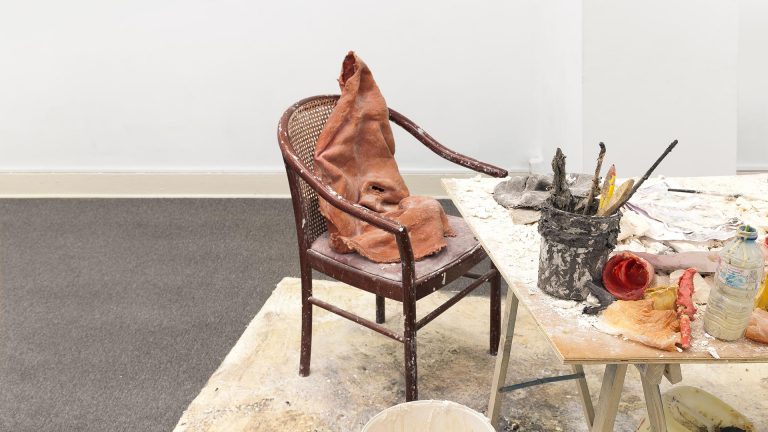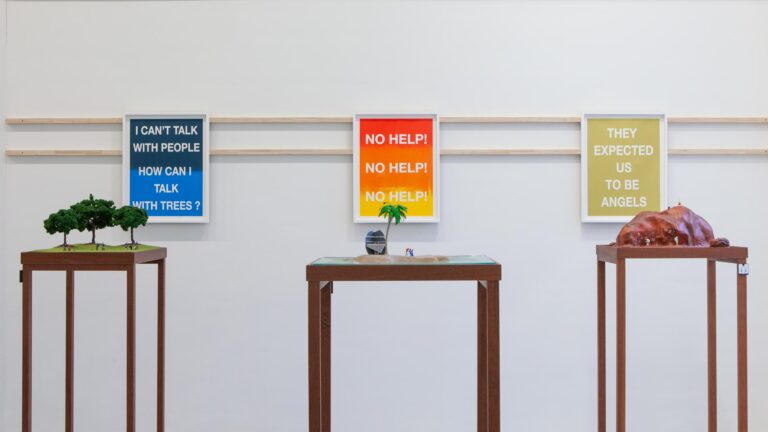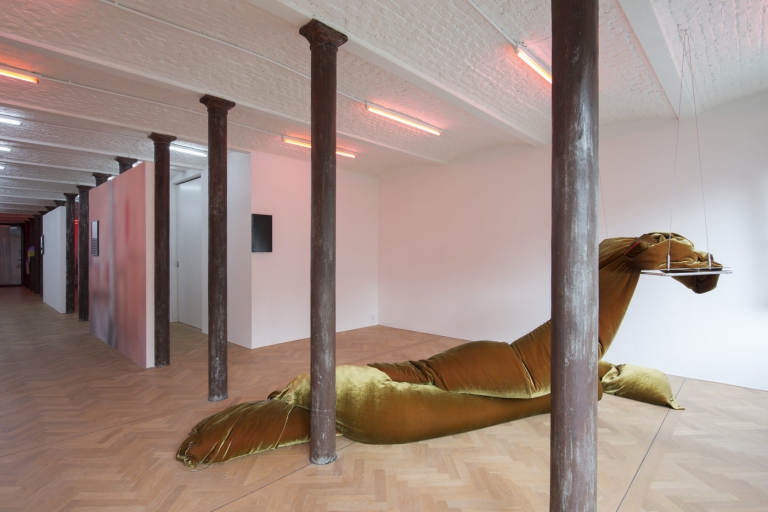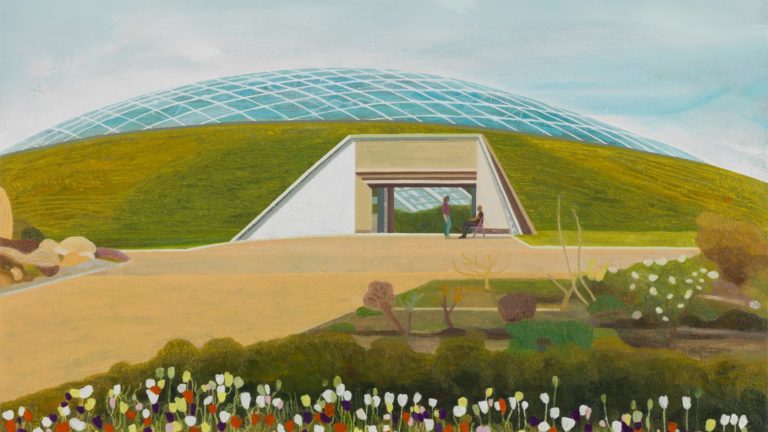Artist: Emmy Skensved
Exhibition title: Fixed Gear
Hosted by: Superdeals
Venue: Château Nour, Brussels, Belgium
Date: November 27 – December 1, 2019
Photography: all images copyright and courtesy of the artist, Superdeals and Château Nour
Fixed Gear is an exhibition comprised of work that Emmy Skensved produced during a month-long period in residence at Chateau Nour, in Brussels.
Over the course of the residency, Skensved drew from her daily experience of being in a new city to explore tools and methods used for getting one’s bearings, navigating a space and establishing a routine in a completely unfamiliar environment. The works she produced during this time touch upon themes of contemporary nomadism, mobility and presence, in addition to the pursuit of solitude in our hyperconnected present day and age.
The objects in her installation bear a strong resemblance to camping gear and outdoor equipment – goods intended to be portable and adaptable, easily installed, dismantled and reinstalled in a given location. Tethered to the walls with ropes and straps, Skensved’s works form a tangible dialogue with the architecture of the exhibition space.
Upon entering the gallery, one encounters a hammock-like form. Visitors are encouraged to lie on the piece and listen to an audio track consisting of musings on ideas of presence. Even though the work is installed indoors, its position, parallel to the large storefront window, allows visitors who engage with the piece to have a view onto the neighbouring park, creating a strong link with the surroundings.
In the adjacent corner are two custom made sleeping bags, embroidered with a paraphrased quote from D. W. Winnicott’s 1958 article The Capacity to be Alone. In his paper, the author describes the process of individuation in addition to ideas about being “alone together.” The latter topic is one that Skensved repeatedly broaches in her work, vis-a-vis our ability to be both “present” online and in actual space simultaneously. In this piece, she has divided Winnicot’s quote into two parts, spanning the bags – which are linked yet autonomous, and inhabit the space synchronously.
Finally, an empty duffel bag sits slumped near the door, in a spot where one might drop their belongings upon returning home from a trip. Invented in a town of the same name in Belgium, duffel bags were originally intended for use by non-commissioned military personnel, for travel, sports and recreation. In this case, the artist made the bag in order to transport the work from the exhibition back to her regular place of residence. Her decision to show it alongside the other artworks serves to reiterate the theme of mobility already present in her exhibition.














